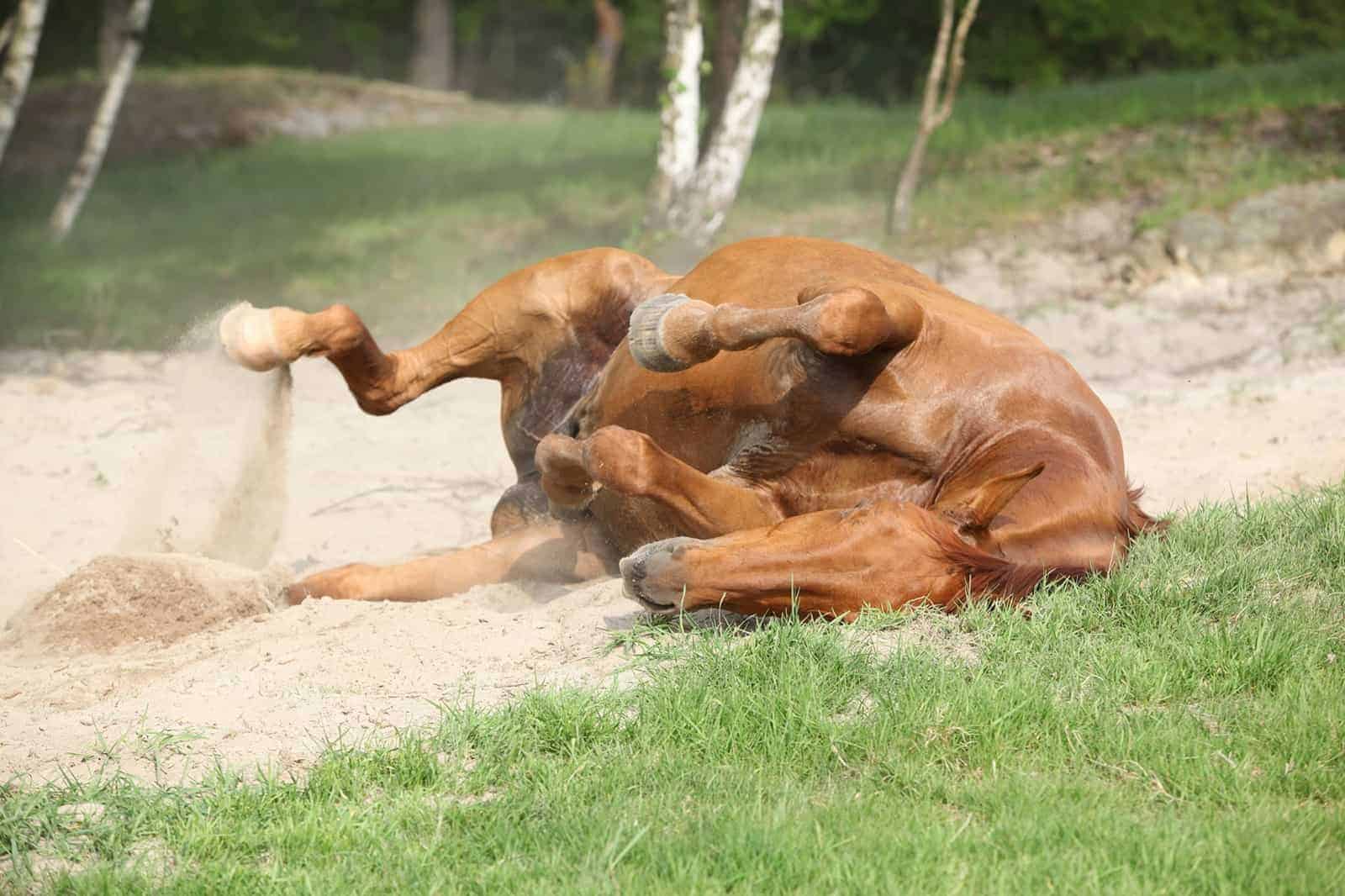Equine Colic: Where Are We Now?

Based on reports in the literature over the last 50 years, the incidence of all colic cases has not changed over time and the incidence in a normal horse population ranges from one to 10 episodes of colic per 100 horses each year. However, horses that have had one or more previous episodes of colic have an incidence rate up to five times higher.
Survival varies with the severity of the disease, but the overall mortality rate for all types of colic in horses is approximately 7-10%, second only to fatalities due to musculoskeletal injuries. Incidence varies from farm-to-farm based on management, with a higher frequency expected in specific populations of horses such as broodmares near term, horses with small strongyle infection, or those exposed to abrupt changes in management. Horses being treated for eye disease and those hospitalized after general anesthesia for elective procedures also have an increased incidence of colic.
The causes of these acute intestinal diseases remain elusive. Simple colic, commonly diagnosed as “gas colic,” “spasmodic colic,” or “ileus,” makes up approximately 85% of all colic episodes, yet the cause or mechanism for these gastrointestinal abnormalities remains unknown. Similarly, the cause of diseases with a higher morbidity and mortality such as intestinal strangulations have no known cause. Epidemiological research over the past three decades has identified risk factors appearing to have a causal relationship, yet specific mechanisms such as why intestine twists and strangulates on its mesentery is unknown. Alteration in intestinal function is most likely multifactorial, with combined event and environmental factors increasing risk. Numerous factors are reported to increase colic risk including some basic husbandry and feeding practices (see Table 1). Some of these factors are nonspecific, but still are significantly related to increased colic risk.
Table 1: Factors predisposing to colic
- Breed
- Older age
- Increased time in a stall
- Cribbing/crib-biting
- Recent transport
- Inactivity following injury
- Change in weather
- Diet change
- Round bale hay
- High-concentrate feeds
- Decreased potable water
- History of colic
- Absence of deworming
- Absence of dental exams
- Tapeworm infection
Source: Cohen ND, Epidemiology of risk factors, in The Equine Acute Abdomen, Wiley, 2017 in press.
Over the last four to five decades, survival has improved for the most life-threatening types of colic. During the 1960s to 70s, the survival rate for severe obstructions and strangulations was reported at less than 50%. Although improvements in surgical expertise, anesthesia, and postoperative medical care are associated with improved survival, rapid recognition of the need for surgery or critical care by veterinarians is a major reason for the improvement. With a rapid assessment and decision for specialty care, survival of 80%-90% can now be expected.
Multiple aspects of the pathophysiology of colic have been investigated. Research on intestinal motility, systemic inflammatory response syndrome (also known as endotoxic shock), intestinal injury and inflammation, parasite control, gastric ulcers, surgical techniques, and response to therapy have all improved the understanding of events that occur during colic. There is no question the additional information has changed the veterinarian’s ability to improve colic treatment and survival.
Still, how intestinal dysfunction and systemic responses are initiated remain to be discovered. More research is needed if we are to change the colic prophecy.
CONTACT—Nathaniel A. White, DVM, MS, Dipl. ACVS—nawhite2@vt.edu—703/771-6800—Virginia-Maryland College of Veterinary Medicine Marion duPont Scott Equine Medical Center, Leesburg, Virginia
This is an excerpt from Equine Disease Quarterly, funded by underwriters at Lloyd’s, London.
Written by:
Equine Disease Quarterly
Related Articles
Stay on top of the most recent Horse Health news with















